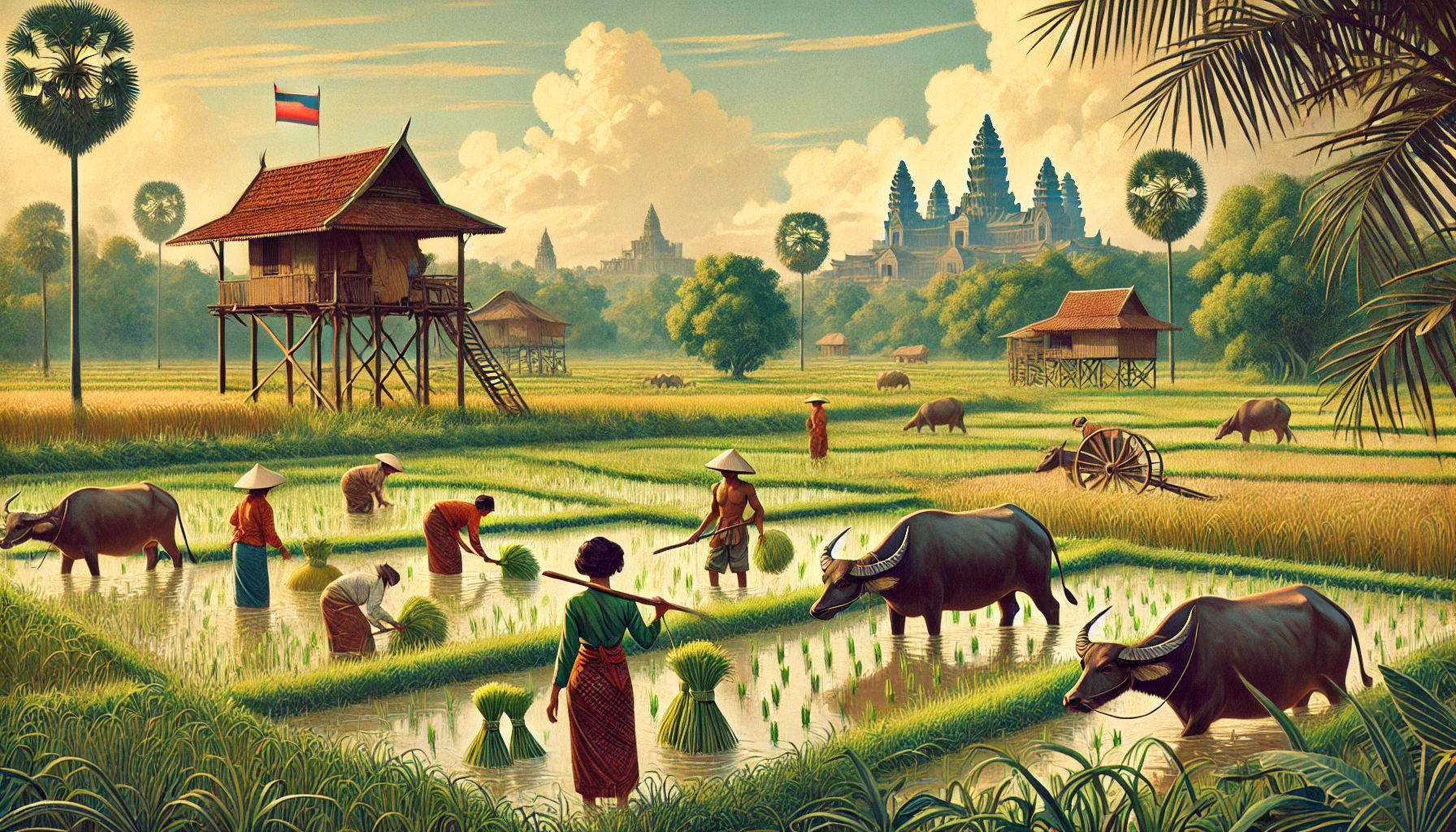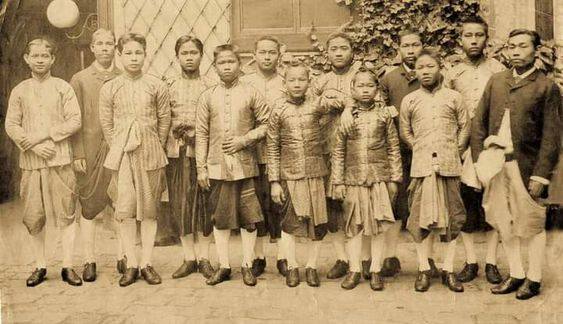I have spent the last four and a half years in Cambodia as an advisor to H.E. Hang Chuon Naron, the Cambodian minister of education, youth, and sports (MOEYS). This extended mission commissioned by the French MEAE and managed by Expertise France has truly been a fascinating experience.
I discovered a new country, culture, language, and education system in the process of (re)creation after the catastrophic Khmer Rouge (KR) period.

(How DALEE imagines Cambodia)
Due to the Khmer Rouge genocide (1975-1979) and twenty years of civil war (1970-1990), including the Vietnamese occupation (1979-1989), the Cambodian education system suffered significant losses and still has substantial vulnerabilities despite long-standing international support and national efforts to improve the quality of education.
Although the constitution protects the right to education, education is still viewed as a private good, making it difficult to mobilize the necessary public investment to align the education system with the country’s development strategies and the needs of its very young population (46% of the population being under 25 years old).
The education system still lacks structure at many levels, suffers from insufficient recognition of teaching and research professions, and a strong dispersion between the public and private sectors. The European Union is the leading force in education aid, notably through direct support to the MEYS budget since 2003 to carry out reforms outlined in the Strategic Education Plan.
In four years (mainly between 1975 and 1975, even if the war continued until the end of the 80s), the Khmer Rouge systematically destroyed all signs of the development accomplished since the independence of the country. Teachers and education institutions (and « intellectuals », which could mean just having to wear eyeglasses) have been major targets of this destruction inflicted on one-fourth or one-fifth of the Cambodian population (causing the deaths of 1.5 to 2 million people), depending on the estimates.
 |
 |
| First Cambodian students sent to study in France at Louis-le-Grand, 1893 |
Given that Cambodia has not benefited, during the French Indochina period, from an investment in education as substantial as in Vietnam, the swift development after independence under the Sangkum regime of King Norodom Sihanouk was nothing less than remarkable, with the development of many schools and the first universities. Unfortunately, not much of this development has survived the KR period, which destroyed near totality of the accumulated intellectual and scientific capacity.
After the KR period, followed by a Vietnamese occupation and rule over ten subsequent years, Cambodia was doubly penalized as an involuntary Vietnamese ally (the Vietnamese army being the only force willing to support the fight against the KR, since China and USA were supporting them) and as a country occupied by an ancestral enemy in an ultimate episode between the « Funnan » and the « Yunnan ».
Consequently, after the end of the Vietnamese occupation, Cambodia was in a very exceptional situation. Nearly without any past accumulation left, it was confronted with the herculean task of building a whole education system from scratch.
32 years after the Paris Peace Agreements, signed on October 23, 1991, between the warring factions, including the KR, and after one of the costliest United Nations support programs (UNCTAD), the Cambodian education system continues to be one of the weakest in the ASEAN and suffers from many fragilities.
 |
 |